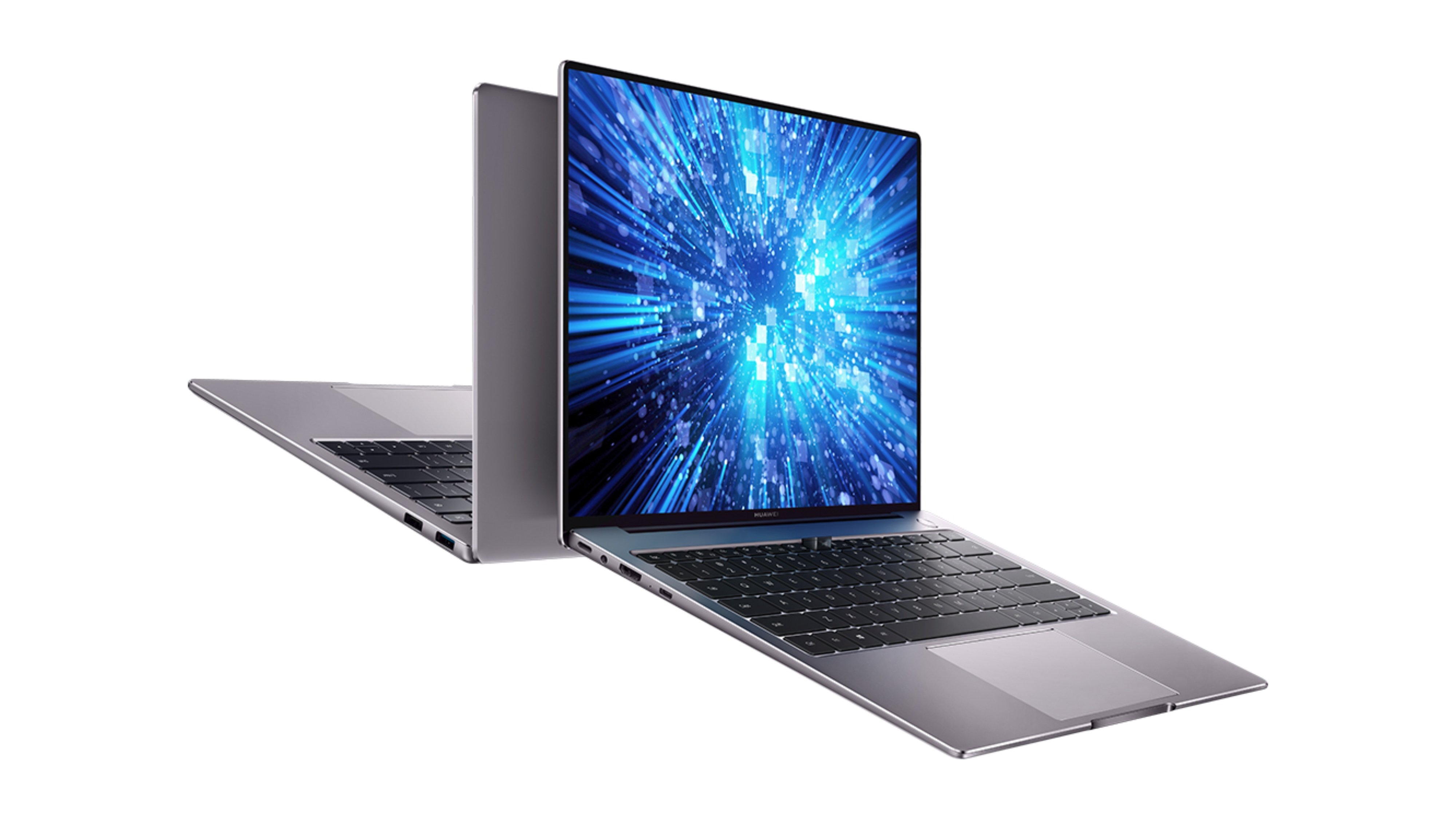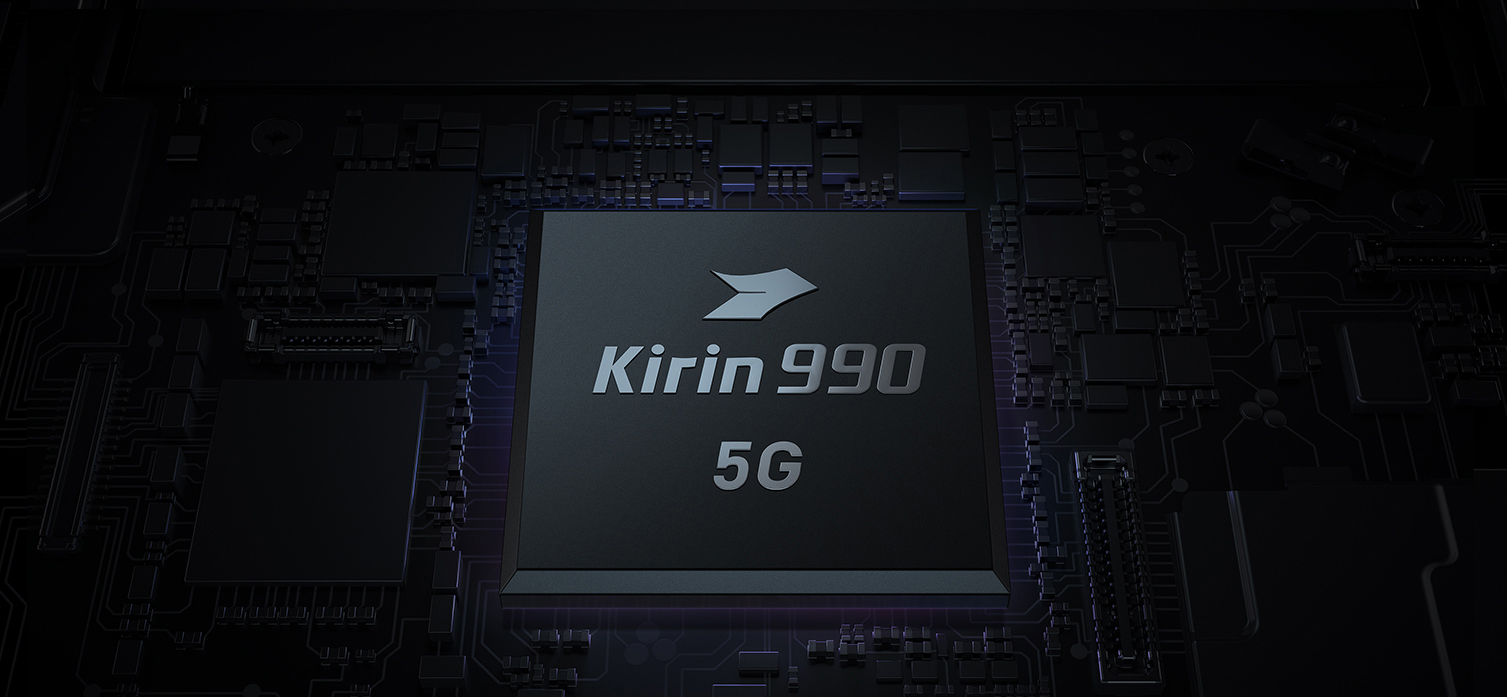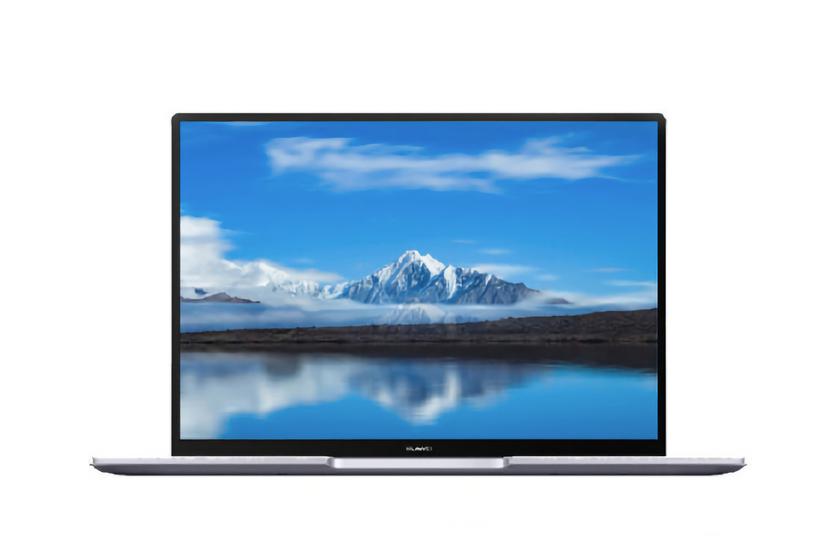
Last year, the Chinese company Huawei began to actively seek alternative ways of development. This happened after the United States imposed tough sanctions, which only intensified over time. Therefore, Huawei began developing its own hardware elements, including processors, as well as its OS for mobile devices and smartwatches.
At the end of the year, the company announced the release of a laptop with an ARM processor and its Linux distribution. And now it happened: Huawei really managed to launch a device on the market based on its own processor and its own OS. Details under the cut.
What is this miracle of technology?
The laptop was named Qingyun L410. In short, it is based on the Kirin 990 ARM processor and Unity OS. The operating system was developed partly by the government and partly by the company itself. After the Chinese company finalizes the Harmony OS, its own development, it will be pre-installed both on the Qingyun L410 and on new models that will appear in the near future.
Qingyun L410 is currently only available for purchase in China. The vendor positions the laptop as a corporate one, but ordinary users can also purchase it on the JD online platform.
An important point: the laptop was not designed from scratch. It was originally a MateBook B5-420 model that worked (and does) with Intel processors. But then, after the appearance of an external factor in the form of sanctions, the company modified the hardware platform, making it compatible with the ARM architecture.
Of course, ARM is also not a Chinese development, and the US has leverage over this company as well. But, apparently, it is easier for the Chinese to get ARM processors, since they definitely cannot get other chips, at least in the volumes necessary for the mass production of their own devices. Companies like Intel and AMD pulled out of cooperation with Huawei immediately after the imposition of US sanctions. This year, Intel had to revoke a previously issuedlicense. There are several nuances here, which we will talk about below.
Device characteristics
The laptop is capable of handling a wide range of tasks - both personal and corporate. It is lightweight , powerful enough and energy efficient.
- Screen: 14 inches with a resolution of 2160 x 1440 pixels and an aspect ratio of 3: 2.
- Processor: Kirin 990 with eight cores.
- Video: Mali G76MP16 with 16 cores.
- OS: Unity OS.
- RAM: LPDDR4-4266.
- Storage: SSD up to 512 GB.
- Ports: USB-C, USB-A, HDMI and headphone jack
- Thickness: 16 mm.
- Weight: 1.49 kg.
By the way, another video chip was installed in the MateBook B5-420 - a discrete video card NVIDIA GeForce MX 350. The Chinese had to abandon it for the same reason they abandoned Intel processors. NVIDIA is subordinate to the US government and has refused to ship its chips to the Chinese company.
Details about the processor

A little more is known about him now than before. The chip is called Kirin 990 , it is developed entirely by Huawei, but is produced at the TSMC factory. And she, too, was banned from cooperating with a Chinese company under sanctions. TSMC shipped a certain amount of 7nm Kirin 990, but how large the batch of processors was is unknown.
But the configuration of the chip is known. It is an 8-core processor with cores divided into three clusters. The first cluster combines high-performance Cortex A76 cores with a frequency of 2.86 GHz, the second - less efficient Cortex A76 cores with a frequency of 2.09 GHz, the third - four low-performance Cortex A55 cores with a frequency of 1.86 GHz. During the execution of "heavy" applications, the laptop uses productive cores. For tasks that do not require high performance, the remaining clusters are used. The latter also consume less energy.
According to the manufacturer, the chip contains about 10 billion transistors.
Operating system

The OS, which is installed on new laptops, exists in two versions - server and desktop. The stable release of the OS was released in early 2020 .
The OS was not developed from scratch. It is based on the Deepin distribution, which they began to create back in 2004. True, the name was different then - Hiweed Linux. But that's not all. Hiweed Linux itself is based on Debian Linux, so all this is a kind of software nesting doll. Which, however, works pretty well.
As for Harmony OS 2.0, which should replace Unity OS, this operating system is initially focused on mobile devices. It is a modular operating system, to which additional modules can be connected to the microkernel, if necessary. Huawei is currently refining and adapting this OS to desktops and laptops.
And finally, let's talk about the price - it is $ 1272. For this money, you can buy a laptop with 8 GB of RAM, 256 GB SSD and no operating system. The version with the pre-installed OS will cost $ 1390. It turns out that the cost of a copy of the OS is $ 118.
As far as can be understood, in general, the company is doing well. But one question remains unclear: if TSMC refused to supply processors, which Huawei is going to do in the near future. The company may have bought a huge amount of chips, but sooner or later they will run out anyway, and something will have to be done. Maybe Huawei has a secret we don't know about yet. So let's wait - probably within a couple of months the company's plans will become known.
